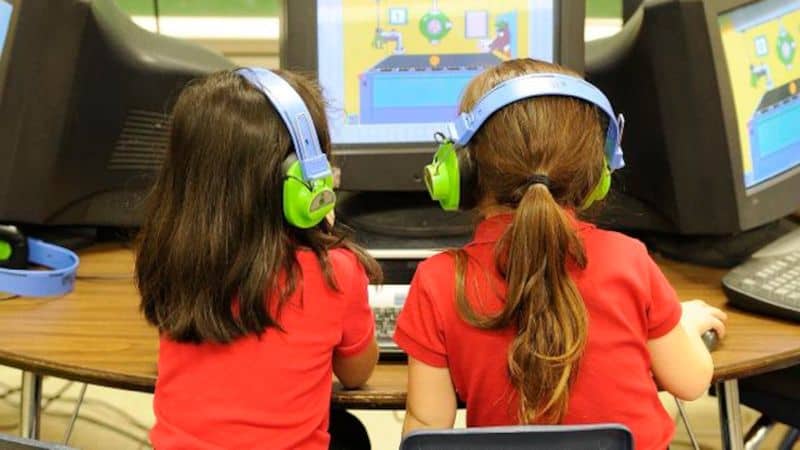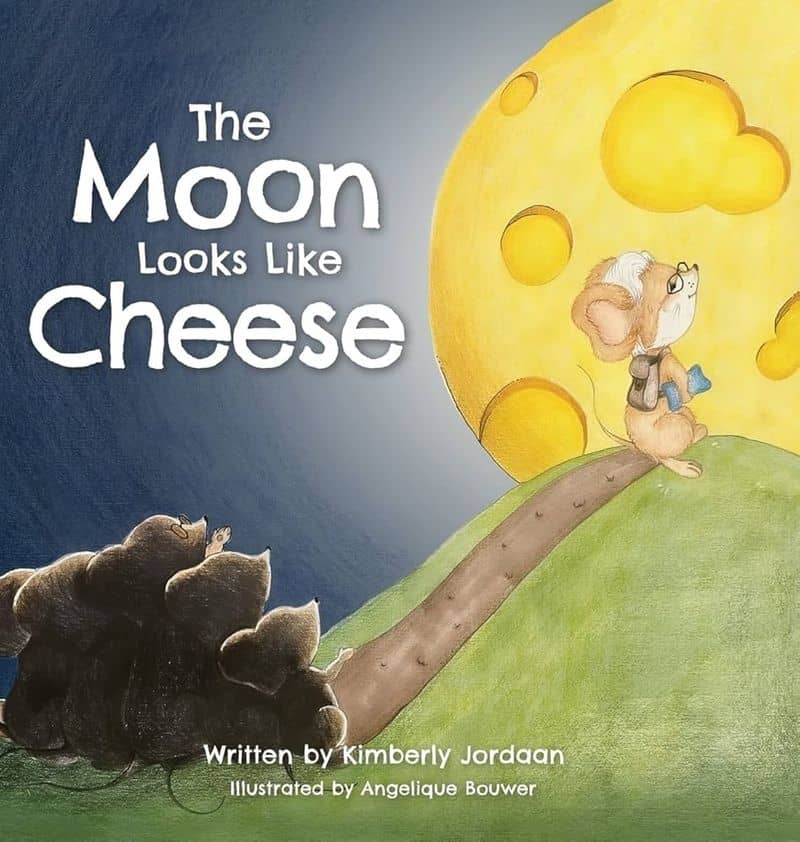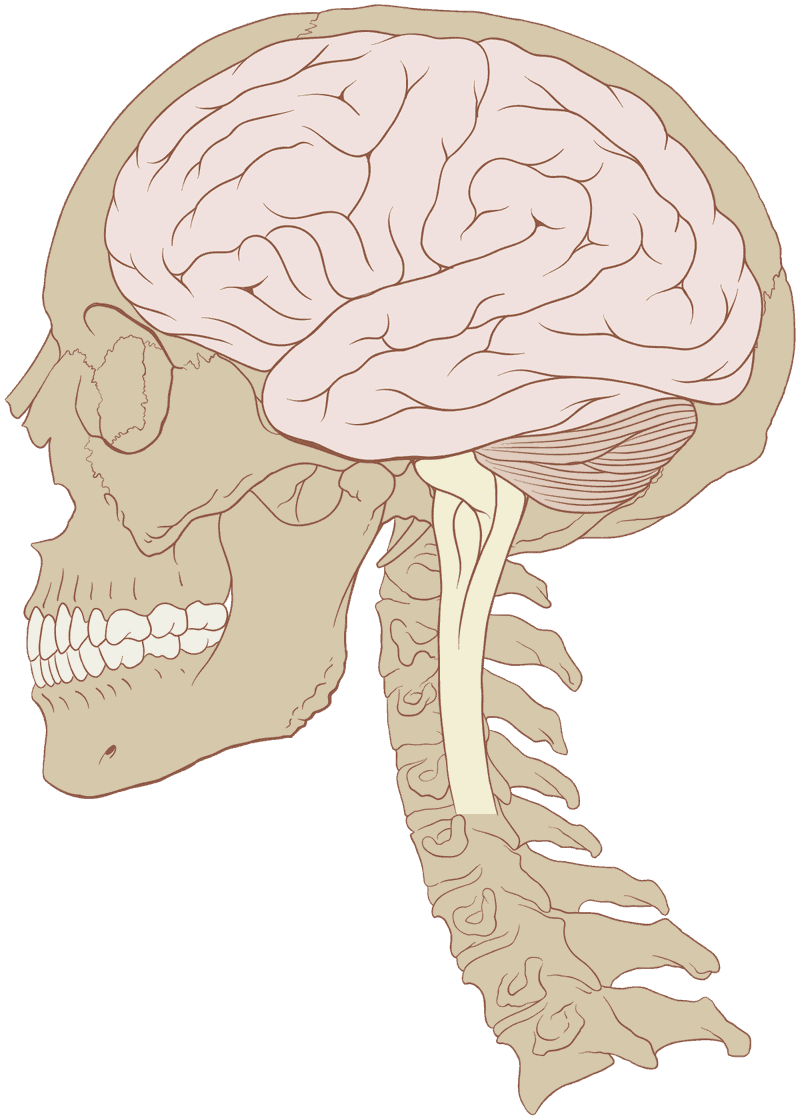Throughout their formative years, Gen Z was fed a variety of lessons, beliefs, and truths that they were expected to carry into adulthood. Yet, as they journeyed into the real world, many of these teachings have been proven to be not only misleading but utterly wrong.
From the mundane to the bizarre, these youthful myths shaped the perceptions of an entire generation and unexpectedly crumbled under the weight of reality. Here, we explore eleven such teachings—from the intriguingly odd to the surprisingly traditional—that were passed down to Gen Z only to be debunked over time.
1. Tooth Fairy Payments

Growing up, Gen Z was often told that their fallen teeth would be exchanged for money, courtesy of the tooth fairy. This mythical creature was said to visit at night, rewarding children with coins or even dollar bills slipped under their pillows.
As endearing as this legend might be, reality slapped them with the truth: parents were the nocturnal benefactors. Many a disappointed child learned the hard way when a forgotten tooth yielded no reward. Such childhood revelations often come with a sense of betrayal but eventually give way to fond nostalgia.
2. Columbus Discovered America

In school, Gen Z was taught that Christopher Columbus discovered America in 1492, a lesson drilled into their minds through rhyme and repetition. This historical narrative oversimplified and romanticized the story, ignoring the presence of indigenous peoples.
The shock of discovering that this was a myth was profound for many. The truth was that America had been inhabited for thousands of years. This realization prompted a broader understanding of history, encouraging critical thinking and a deeper appreciation for the cultures that existed long before European explorers arrived.
3. Lightning Never Strikes Twice

One of the most persistent myths taught to Gen Z was that lightning never strikes the same place twice. This belief was meant to reassure during thunderstorms.
However, science tells us that not only can lightning strike twice, but it often does, especially in tall or conductive structures. The Empire State Building, for instance, gets hit multiple times a year. Understanding this helped Gen Z learn to respect nature’s unpredictability, stripping away the false sense of security they were raised with.
4. Cracking Knuckles Causes Arthritis

Many in Gen Z were warned by concerned adults that cracking their knuckles would lead to arthritis in later life. This cautionary advice had many young ones wiggling their fingers nervously.
Yet, research has shown no connection between knuckle cracking and arthritis development. This revelation was liberating, albeit perplexing. While the habit might irritate others, the primary discomfort is often social rather than physical. Gen Z learned to take such well-meaning warnings with a grain of salt, recognizing the importance of evidence-based understanding.
5. The Internet Is a Fad

During their early years, Gen Z heard whispers that the internet was just a passing trend—a technological fad that would eventually disappear. Such skepticism was rooted in a lack of foresight, as the internet was still in its infancy.
As they matured, Gen Z witnessed the digital age explode, bringing with it unprecedented connectivity and information access. The internet isn’t just a tool; it’s a cornerstone of modern life. This realization underscored the importance of adaptability and remaining open to technological progress, a valuable lesson for future innovations.
6. Swimming After Eating

A staple of many childhoods was the stern warning not to swim immediately after eating. Adults claimed it would lead to cramps and potential drowning, instilling caution in many young swimmers.
Studies later debunked this myth, revealing that while swimming on a full stomach might be uncomfortable, it isn’t inherently dangerous. Gen Z learned that moderation and listening to one’s body were key. This myth’s debunking encouraged them to question other unfounded rules and think critically about the advice they received.
7. Goldfish Have Three-Second Memory

Many Gen Z kids were told that goldfish have only a three-second memory, a factoid often shared with a sense of amusement. This myth painted goldfish as simple and forgetful creatures.
However, studies have shown that goldfish can retain information for months. They are capable of learning and remembering tasks, challenging the preconceived notions about animal intelligence. This revelation sparked curiosity and empathy in Gen Z, encouraging them to explore and respect the complexities of the natural world.
8. Bats Are Blind

An enduring myth encountered by Gen Z is the belief that bats are blind, a saying so common it turned into a figure of speech.
In truth, bats have decent eyesight, which complements their echolocation abilities to navigate and hunt in the dark. Learning this truth helped demystify these fascinating creatures, inspiring a deeper interest in biology and ecology. For Gen Z, this myth’s debunking served as a reminder of the wonders of adaptation in nature and the importance of not taking clichés at face value.
9. The Moon Is Made of Cheese

Among the playful myths shared with Gen Z was the charming idea that the moon is made of cheese. While no adult truly believed this, it was a delightful way to engage children’s imagination.
As they grew, Gen Z discovered the moon’s true nature—a rocky satellite, not dairy. This shift from whimsy to reality highlighted the importance of scientific literacy and exploration. Such playful myths, once debunked, often kindled a lifelong passion for learning and discovery, even if the original tale was just for fun.
10. Humans Use 10% of Their Brains

A widely shared myth among Gen Z was the claim that humans only use 10% of their brains, suggesting untapped potential and extraordinary abilities.
Neuroscience, however, has shown that we use all parts of our brain, just not simultaneously. Every area has a function, whether for simple tasks or complex thoughts. This debunking encouraged Gen Z to appreciate the brain’s incredible capacity and to dismiss fantastical claims not rooted in science. It was a lesson in appreciating what truly makes us human—and the importance of critical thinking.
11. Touching Frogs Gives Warts

The myth that touching frogs gives you warts has been whispered to Gen Z during outdoor adventures. This baseless tale often deterred curious hands.
Warts are caused by human viruses, not frogs. Learning this truth allowed Gen Z to approach nature with curiosity rather than fear. This dispelling of misinformation served as an invitation to explore and connect with the natural environment, fostering a sense of wonder and respect for all living things. The lesson here was clear: not all old wives’ tales are to be believed.

Well, hello there!
My name is Jennifer. Besides being an orthodontist, I am a mother to 3 playful boys. In this motherhood journey, I can say I will never know everything. That’s why I always strive to read a lot, and that’s why I started writing about all the smithereens I came across so that you can have everything in one place! Enjoy and stay positive; you’ve got this!

